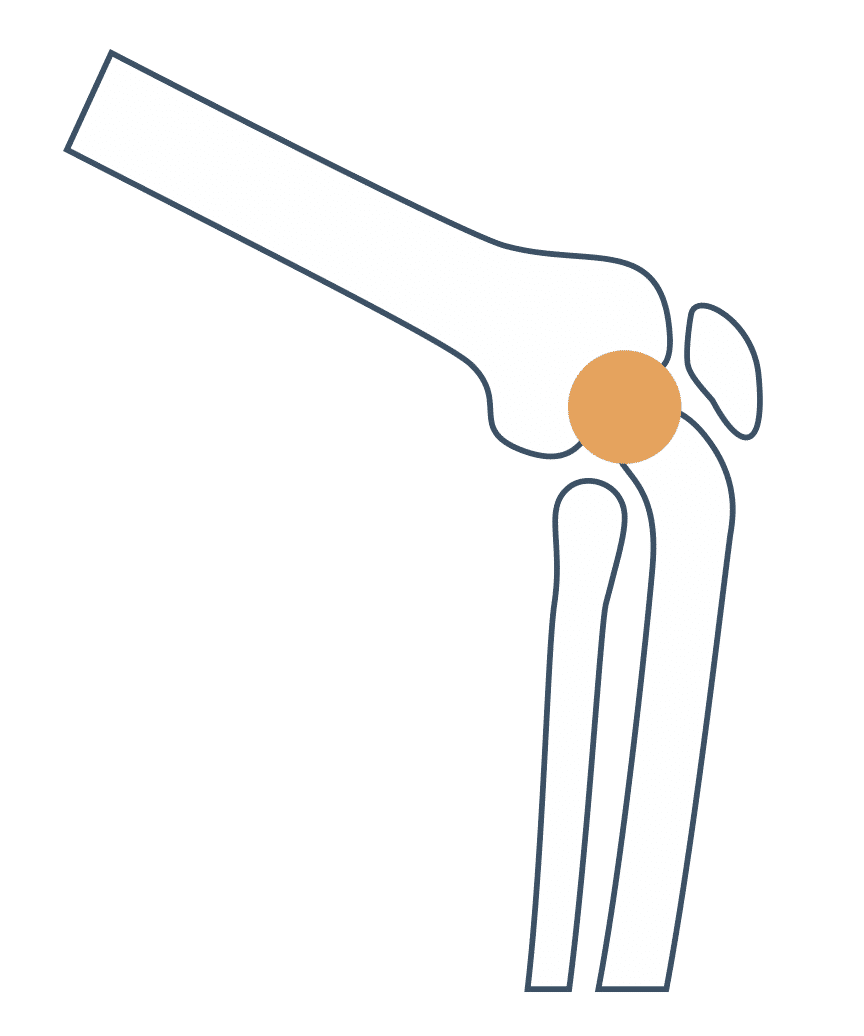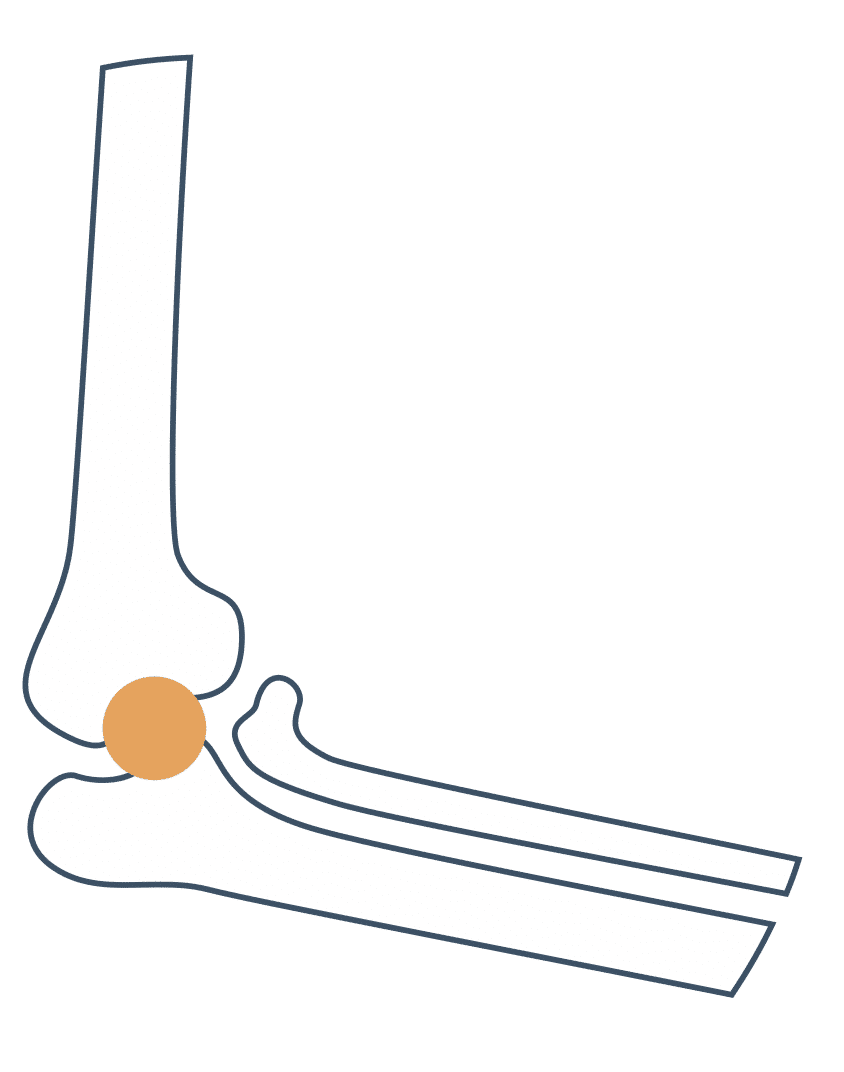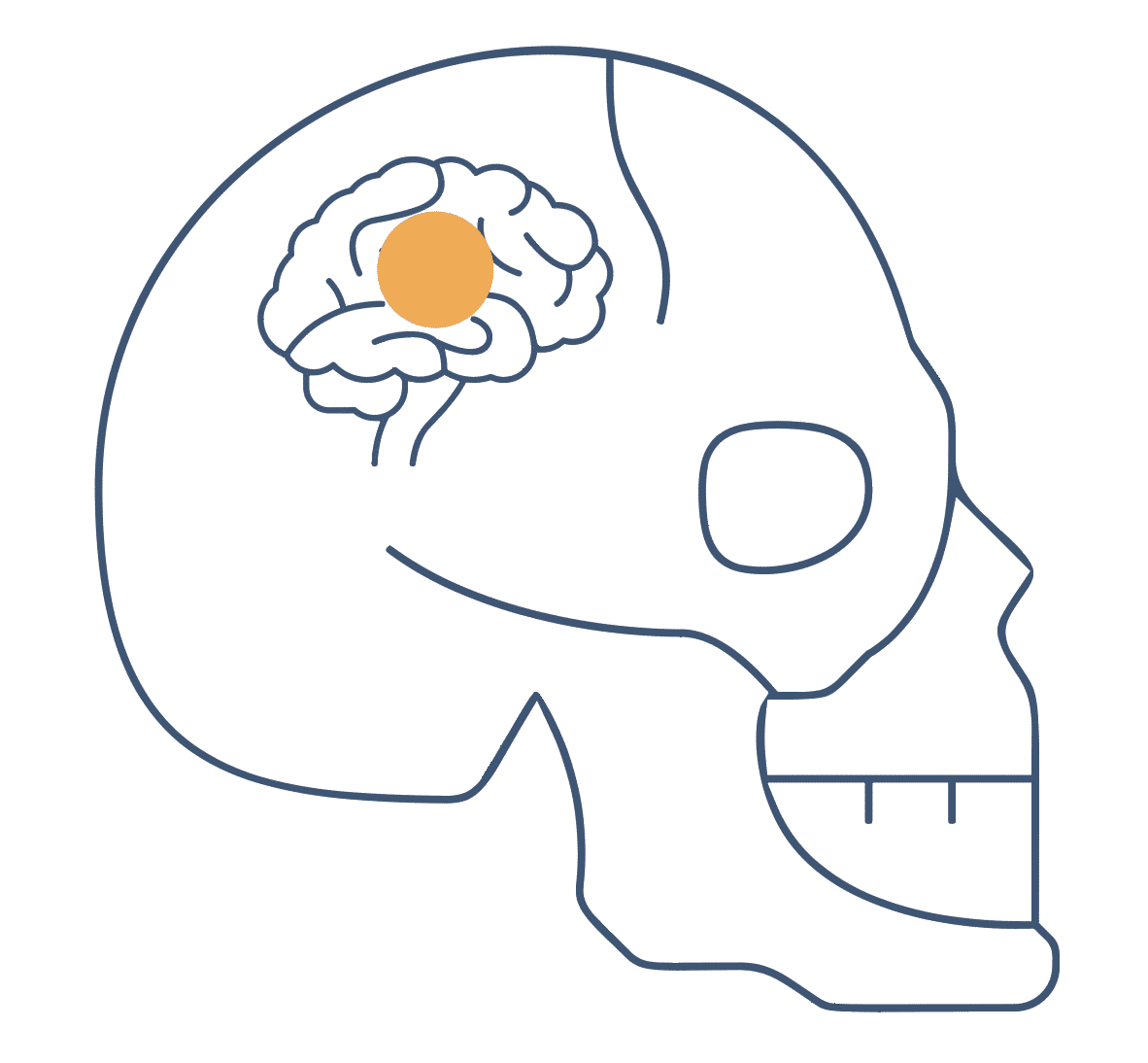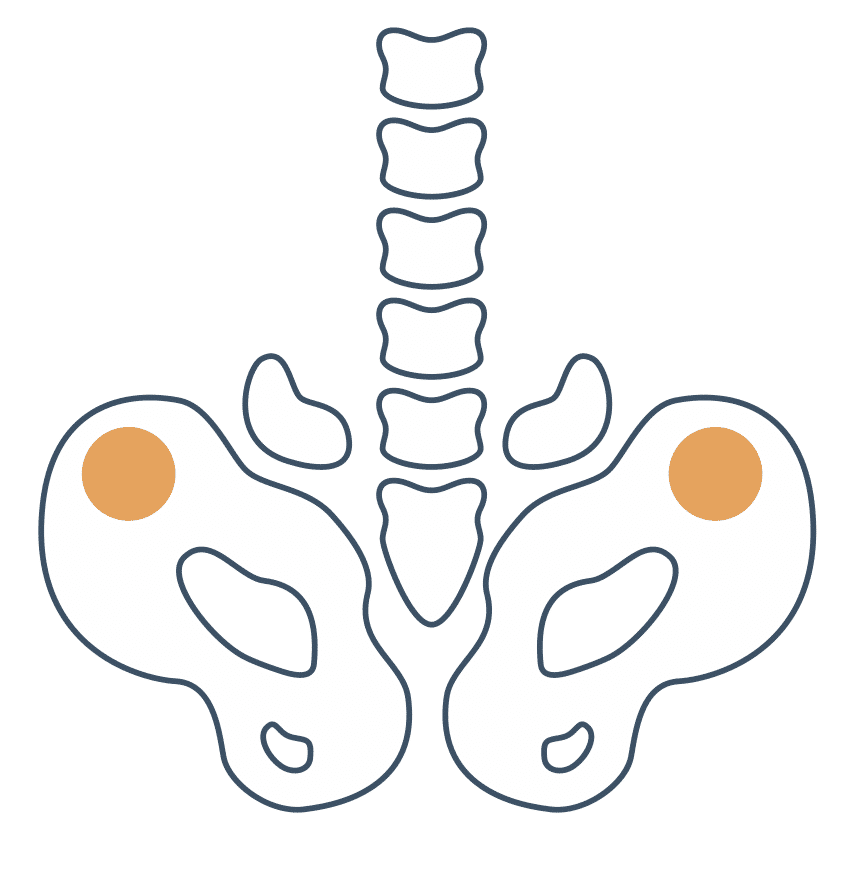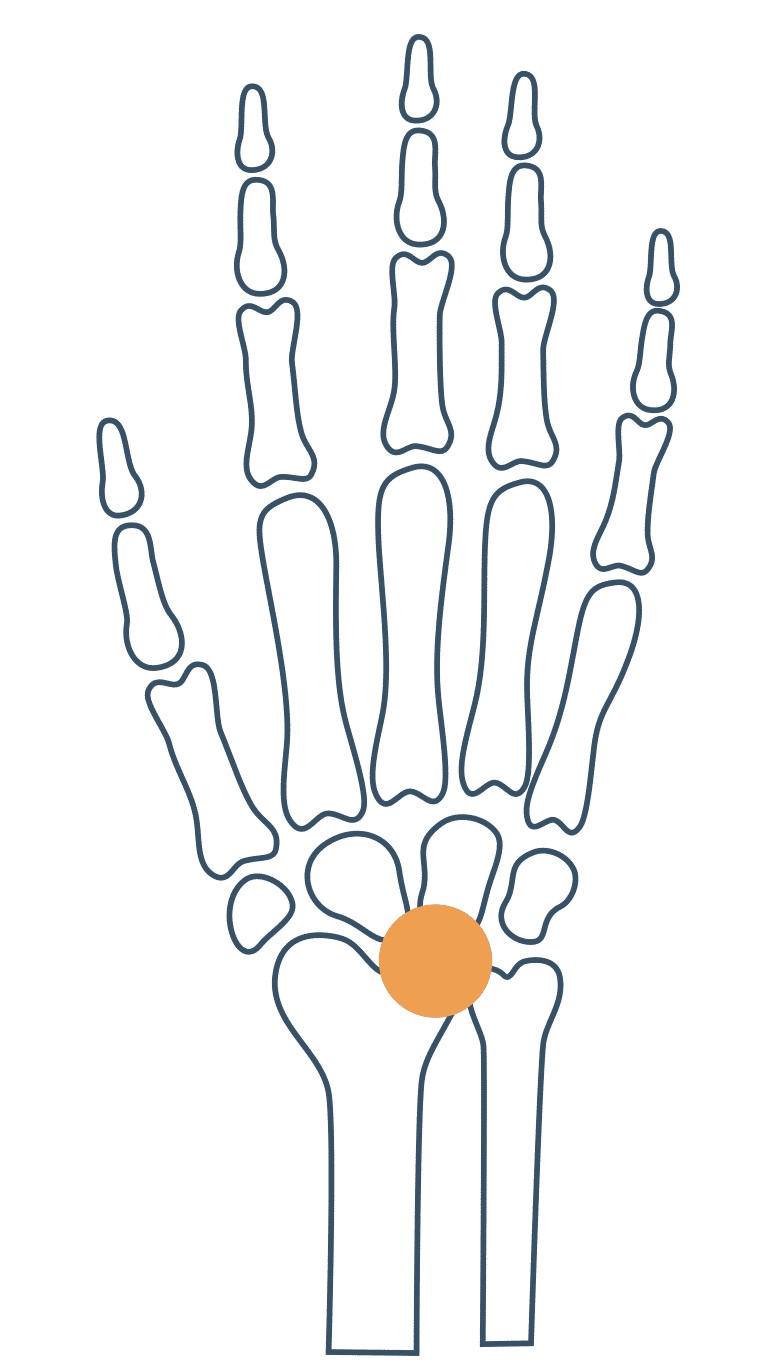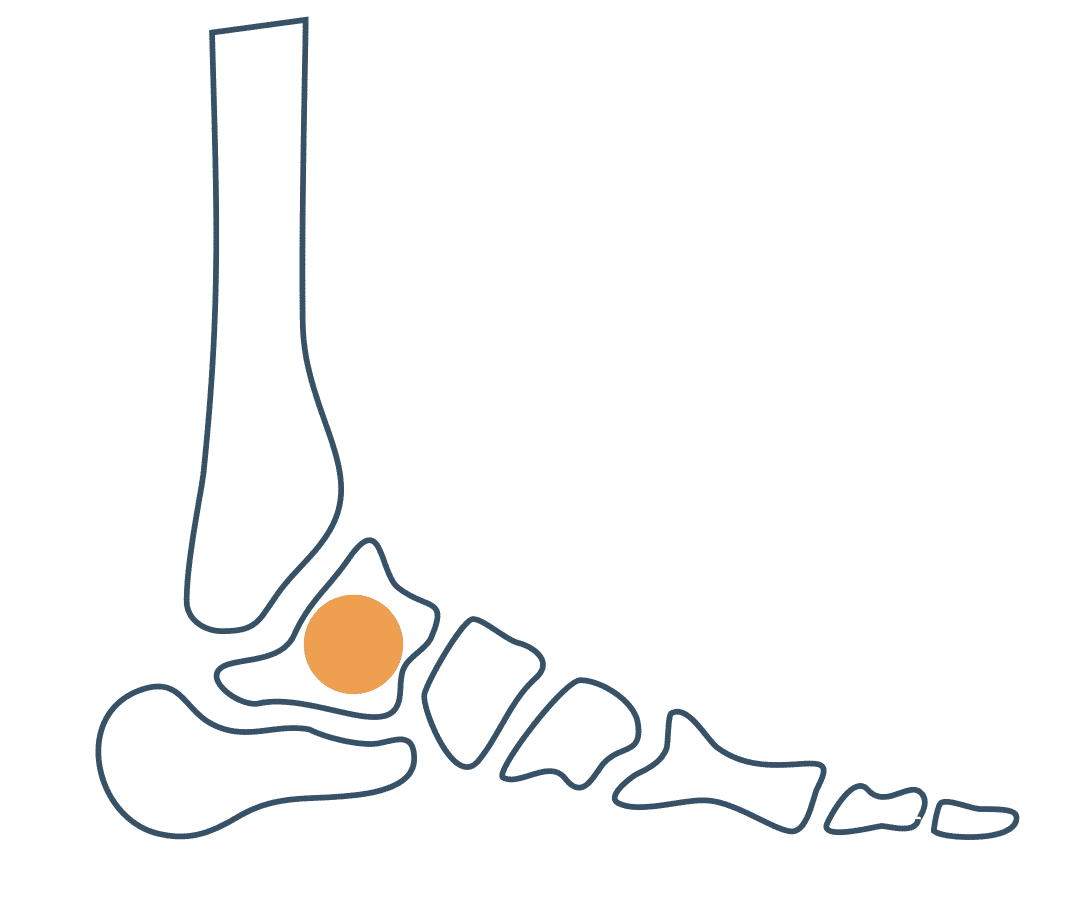Gait lameness and neuromotor reprogramming
Definition:
Gait lameness depends on many factors. It can be due to intrinsic causes (congenital malformations, deformations during growth, neurological pathologies), and/or extrinsic causes (intense sports practice leading to anatomical deformations, traumatic or neurological accidents).
There are many types of lameness documented in the literature. The lameness most frequently encountered in rehabilitation today, regardless of the type of pathology, is the so-called Trendelenburg lameness. It is defined by the insufficiency of the gluteus medius muscle on the side of support. Signs include an offset of the pelvis to the homolateral side, lowering of the contralateral hemi-pelvis and compensatory tilting of the trunk on the side of support (1). This induces a significant functional change in the whole lower limb (notably hip adduction, valgus and external rotation of the knee, accompanied by valgus of the foot), as well as in the rest of the body (activation of other muscles to compensate for this new motor pattern).
Do you suffer from hip lameness and want to discover the Allyane neuromotor reprogramming method?
In the following diagram we can see that this lameness induces valgus and external rotation of the knee (a), adduction of the hip (b) and lowering of the head (c) (Figure 1).
Most of the time it is caused initially by an avoidance limp (or dodging limp) following a trauma, joint pain, partial paralysis, etc. The patient suffers a loss of functionality of the limb and therefore a loss of confidence in the affected limb, and this is followed by a progressive loss of sensory information, particularly proprioceptive information of the whole limb. Thus the limp sets in and the patient can no longer break out of this compensatory motor pattern. In other words, he has adopted a new neuromuscular circuit.

What is done in rehabilitation :
As a rehabilitator, our main objective is to improve the patient's mobility so that he/she can obtain a maximum gain in functionality with the aim of giving him/her maximum autonomy.
Let's illustrate with a common clinical case example: a case with a gluteus medius deficit following a stroke.
Mr M. does rehabilitation twice a week. He does balance exercises, muscle strengthening (especially the gluteus medius) and stretching. He also does exercises at home such as cycling, daily walking, some muscle strengthening and mobilisation every morning that the physiotherapist has shown him.
Mr M. seems to be very well taken care of. However, he has been working assiduously for more than 6 months but he does not see any clear improvement as he cannot walk "like before". He manages to do so from time to time when he feels good but it doesn't last. This leads to a decrease in motivation in his exercises, and this also affects the rehabilitator who comes to the limit of his techniques. The treatment focuses less and less on recovery and more on maintenance.
What neuromotor reprogramming offers
The neuromotor reprogramming technique, specifically used in the Allyane process, has three essential sensory elements:
- Mental imagery (visualisation of movement)
- Proprioceptive identification associated with movement
- Listening to low-frequency sounds has the effect of placing the cerebral cortex in a precise cerebral rhythm, the alpha rhythm, where the brain is best able to integrate and anchor these different sensory elements more easily.
You are a practitioner and would like more information on the Allyane method and our training courses?
Source :
(1) D. Gasq, F. Molinier, J.-M. Lafosse, Physiology, Methods of exploration and walking disorders,
(2) P. Dotte, hip lameness and the so-called "Duchenne de Boulogne" or "Trendelenburg" signs, Annales de Kinésithérapie, Vol.5 - Fascicule 5, Ed. Elsevier Masson; p.163-178.

Advice from Stéphane Ladoucette, Physiotherapist and certified Allyane practitioner
At home, in order to optimise the neuromotor reprogramming and rehabilitation sessions, it is important that the patient continues to work on their ankle mobility and the quality of their neuromuscular control.
For example:
- Standing in unipodal support on the forefoot, you maintain your balance for 30 seconds, concentrating on your sensations of control and the difference between the two sides. You can do this with your eyes open, then once you have mastered it, with your eyes closed and finally by passing an object behind you.
- Or in dynamic, always in support on the forefoot, with the free foot you come to touch the ground in front then on both sides and finally behind by maintaining the balance while always concentrating on the feeling of control.
- Work on the mobility of your ankle by making circles in one direction and then in the other (five times)
The Allyane method
Addressed motor difficulties
Find below the other pathologies treated by the Allyane method.

Video analysis and assessment of your motor skills

Definition of the treatment plan with your Allyane certified practitioner

Neuromotor reprogramming



